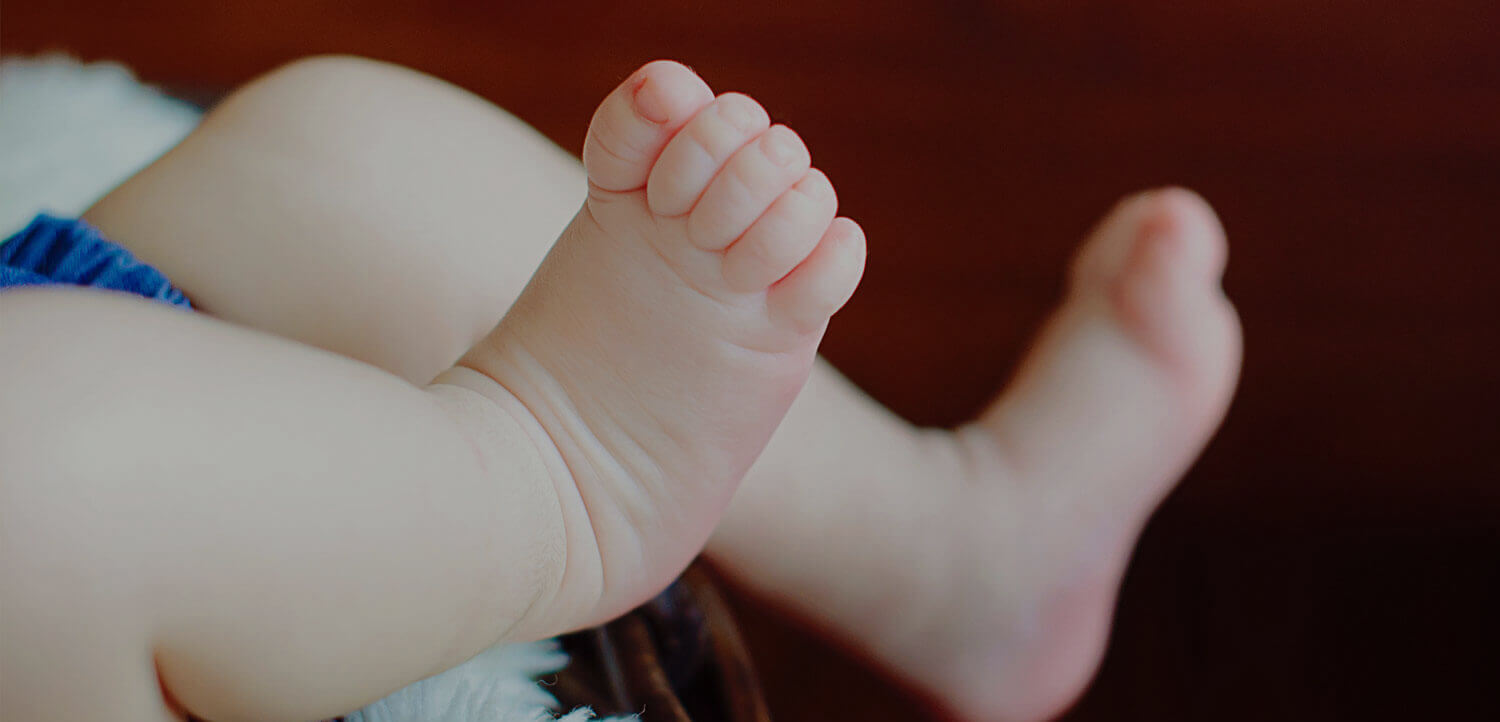
Urinary incontinence also known as urinary leak is caused due to loss of bladder control which may vary from an occasional leak when sneezing or coughing to having to urinate suddenly without being able to control till one can get to the toilet.
Different types of urinary incontinence
- Stress incontinence – this is the most common type and is mainly experienced by women who have given birth or are undergoing menopause. It can be triggered by coughing, sneezing, picking heavy things.
- Urge incontinence– this is the second most common type and is caused by a sudden contraction of the bladder. The person will not have much time before the urine passes. It can occur by a sudden change of position. Sex or sound of water running. It may also happen due to neurological conditions.
- Overflow incontinence– it happens when the bladder cannot hold the amount of urine the body is making or when it is not able to completely empty resulting in urinary leakage. This is more common in men.
- Functional incontinence– is when the person realizes the need to urinate but is not able to reach the washroom in time due to mobility or other issues like poor dexterity, eyesight, dementia and depression or anger making them unwilling to use the washroom. This is usually found in elderly people.
- Mixed incontinence– it is a combination of urge and stress incontinence.
- Total incontinence- it is when there is continuous leakage of urine. It can be due to any congenital issue or any internal physical issues or injury which has affected the urinary system.
Symptom for urinary incontinence –
Leakage of urine is the main symptom but the reason for it is based on the type of incontinence.
Causes for urinary incontinence
- Stress factors like sneezing, coughing
- Obesity
- Old age as your muscles are weaker at this stage.
- Birth defect
- During pregnancy one may experience urinary leakage. After delivery also some may continue to have.
Factors that can increase chances for Urinary Incontinence
- Obesity
- Old age
- Smoking, which can result in chronic cough.
- Certain neurological diseases.
Diagnosis
- The healthcare provider will suggest maintaining a bladder diary to keep a track of how much liquid you had and how much you urinate and note when there is leakage.
- Pelvic scan
- Bladder function tests
- Imaging tests
Treatment
- Few lifestyle changes may help to reduce leakage like drinking the right amount of water, being active, have a healthy weight and avoid smoking.
- Practice pelvic exercises like Kegel exercises that help strengthen the muscles that control urination.
- Bladder training – that is taking washroom breaks at scheduled intervals. The schedule can be set based on the information from the bladder diary. Slowly you can lengthen the gap between the breaks which can slowly help the bladder muscles to stretch.
- Medications may be provided which can help relax bladder muscles and reduce the urge.
- Medical devices like a catheter (a tube to transfer urine out from the body) or a tampon for women can help decrease the leaks.
- Absorbent pads which will absorb urine leaks.
- Surgery –The procedure may be suggested based on what is the requirement. Sling procedure where a mesh is placed to support the urethra. Colposuspension where the bladder neck is lifted to reduce stress incontinence. Artificial valve or sphincter to control the flow of urine from the bladder into the urethra.
For more details, kindly contact us.



